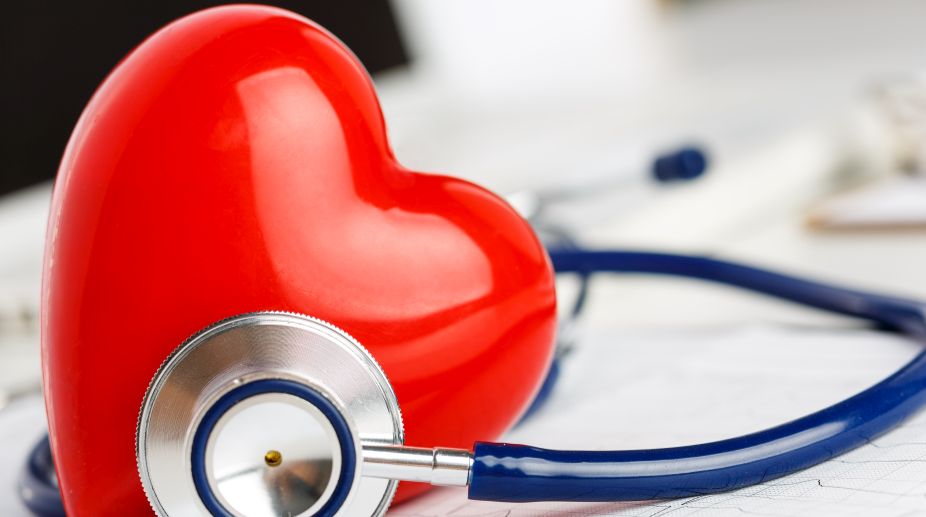Patanjali lauki-amla juice: 5-minute detox from pollution, radiation, toxins
Detox your body in minutes with Patanjali lauki-amla juice. Boost immunity, aid digestion, and improve overall health naturally!

(Getty Images)
A team of scientists have developed a new way of producing data from three-dimensional (3-D) printed heart models that may help surgeons to see the special cells that enable our hearts to beat.
Going forward, these 3-D models with their unprecedented details might also help repair hearts without damaging precious tissue.
Providing much more accurate framework, the method would enable surgeons to see where the cardiac conduction system — a special network within the human heart — runs that have not formed properly.
Advertisement
It could also aid research into heart conditions such as irregular heart rhythms like atrial fibrillation.
"The 3-D data makes it much easier to understand the complex relationships between the cardiac conduction system and the rest of the heart," said Jonathan Jarvis, Professor at the Liverpool John Moores University (LJMU) in the UK.
They also use the data to make 3-D printed models that are really useful in their discussions with heart doctors, other researchers and patients with heart problems, Jarvis said in the paper detailed in the journal Scientific Reports.
The cardiac conduction system generates and distributes a wave of electrical activity stimulating the heart muscle to contract and regulates various parts of the heart to contract regularly and in a coordinated way.
If the system gets damaged, and one part of the heart contracts out of time with the rest, then the heart does not pump blood efficiently, and impairment occurs in the process that makes our hearts beat.
"New strategies to repair or replace the aortic valve must therefore make sure that they do not damage or compress this precious tissue," Jarvis said.
To collect detailed 3-D images of the hearts, the scientists soaked post-mortem organ samples in a solution of iodine, which enables them to absorb X-rays and to become visible.
These X-rays are then used to see the boundaries between single heart cells, and detect in which direction they are arranged, enabling "the surgeons who repair such hearts to design operations that have the least risk of damaging the cardiac conduction system", Jarvis noted.
Advertisement